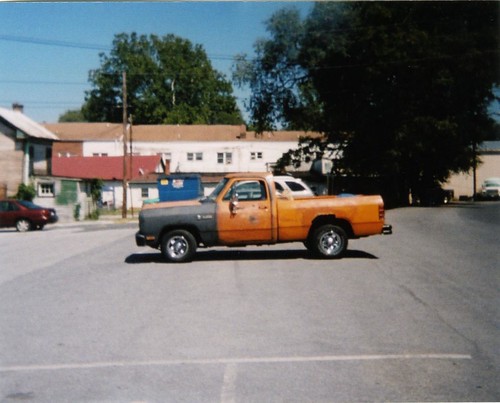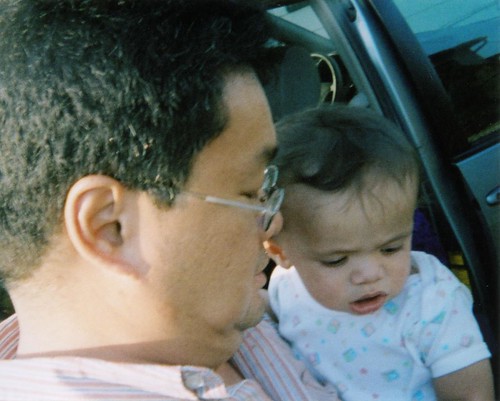I've been busy pushing out blog posts (like giving birth for length) before a much-needed vacation and have neglected both my photobook reviews and every camera I own posts - I'm hoping I can at least get one of the latter done before I go. Which is soon! My recent posts for that blog on the internet have been fairly evenly divided between art reviews and my weekly movie column. I've been thinking lately that, although I feel I have more knowledge gaps in the former than the latter, I write better when I write about art. Much as I love the movies it is usually a more passive exercise. But with art, especially the site-specific work I've been writing about more and more, I have to really engage with the work to get something out of it at all. This is very much the case with
Untitled (Me Too), a recent installation by
Patrick McDonough and Matias, he first art review I've written that comes with a spoiler alert (though spoiler warnings may have been useful for my review of
Lindsay Rowinski's Trying to be There a few weeks ago).

From last week's column
Popcorn & Candy: Life is the Only Thing Worth Living For Edition, here one of my few really unfavorable movie reviews. After I filed it, the phrase "infomercial vanilla" occurred to me, but that would have been running up the score. You can read this week's column,
Popcorn & Candy: Lives that are probably harder than yours,
here.
How to Live Forever
What it is: The meaning of life and the ways we deal with death.
Why you want to see it: The trailer for Mark Wexler's documentary suggests a celebratory look at those who live life to the fullest. That's not all it is. But one wishes it were a little bit more. The film takes promising detours about the way we package death. Early in the film, Wexler visits a funeral convention, where dealers of oversized caskets compete with pirate-themed vendors for your mortal coin. And a visit to a cryonics lab later in the film sounds juicy enough. But then there's the Ms. Senior pageant, where contestants spout the kind of platitudes you hear in any beauty pageant: "Life is a journey, and I'm just enjoying the trip." Sure it's a celebration of the gracefully aging, but can we stop treating life like a horse race already? Isn't life about more than a Chamber of Commerce slogan?
Wexler is the son of great cinematographer Haskell Wexler (he shot
One Flew Over the Cuckoo's Nest,
which is Monday night's Screen on the Green feature), and his previous documentary look at life under the shadow of an accomplished father. But Wexler fils doesn't push the boundaries of non-fiction filmmaking as his father did in
Medium Cool
, and his work to date seems stuck in a navel-gazing loop of identity crises.
Which is too bad, because his material has potential, and asks serious questions. If, as one scientists predicts, the era of the ageless society is upon us, how will we deal with our new found vampirism? Where does Suzanne Sommers find the energy? Wexler knows something about a camera, but his setups are frequently banal; do we really need an establishing shot of him walking to Alcor, the cryogenics company? The film finally gets interesting in the final reel, when Wexler visits Japan, the site of a retiree who puts the sex in sexagenarian starring in "elder porn" films; and a nursing home where an animatronic baby seal is introduced to simulate the feeling of holding an infant.
Documentary filmmakers introduce themselves more and more into their films, but Wexler comes across as more Tim Allen than Werner Herzog.
How to Live Forever ends with the suggestion that art is the answer to immortality, and that Wexler's film is part of the legacy he'll leave to posterity. It would have been more memorable if it had stuck to the lives of others. Which reminds me, among the interviews with the famous and not-so-famous who drink life to the lees - couldn't he have spoken to Iggy Pop? Kids, start smearing peanut butter on your chest now, while there's still time.
View the
trailer.






